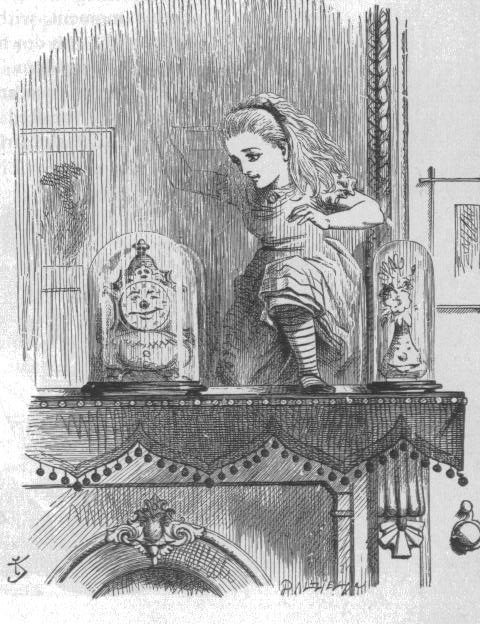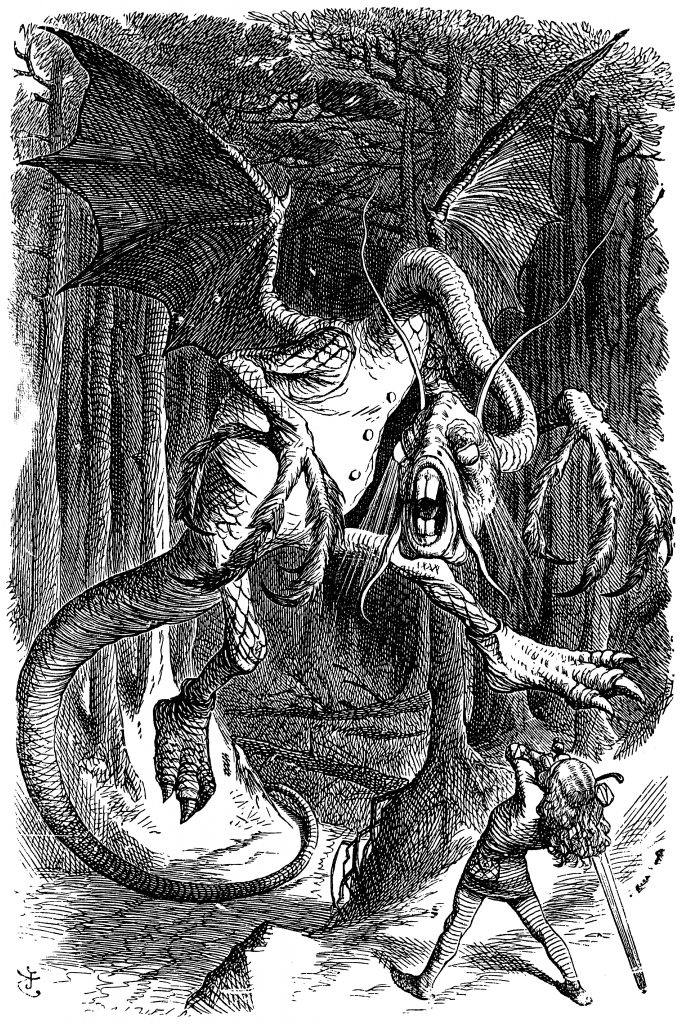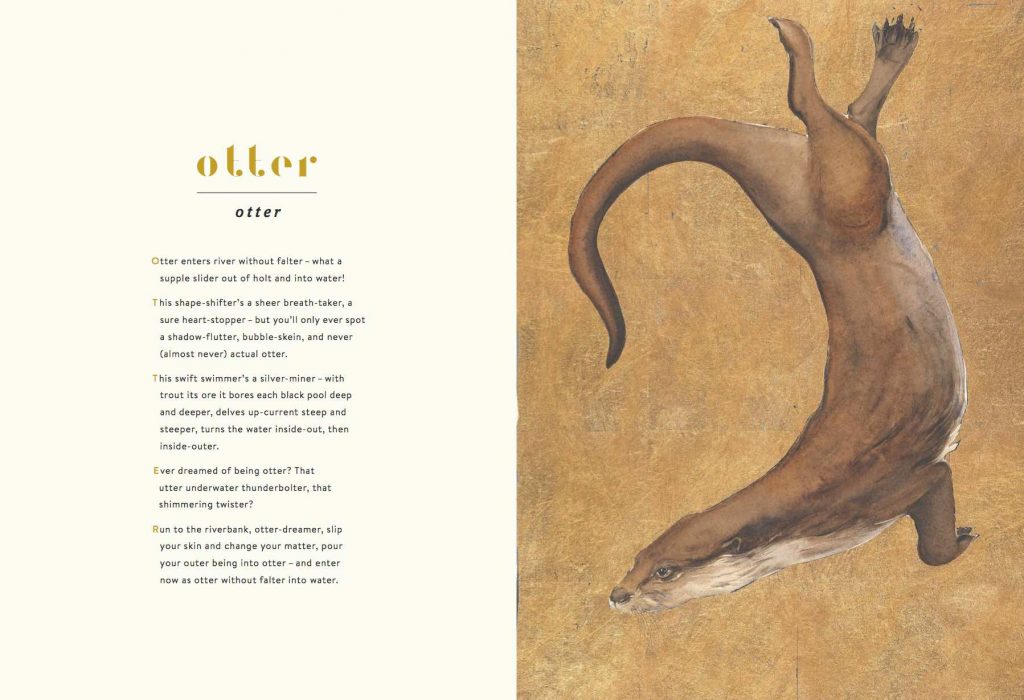In Irish research, birth, marriage and death records are most definitely not created equal. State death records capture only incidental family information, births give just a single generation, but a marriage record supplies both fathers’ names and occupations, the couple’s ages, addresses and occupations, their witnesses, the clergyman’s name, the church … Loads and loads of loverly threads for us all to follow.
Marriages are also the earliest, starting in 1845, and the easiest to find, with two big bull’s-eyes, bride and groom, both appearing in the indexes, begging to be cross-referenced.
So happy days. We’ve now got the Latter Day Saints transcripts of Irish General Register Office marriage indexes 1845-1922 mapped and available on the site. Check out Hession, for example .
In the great gappy jigsaw puzzle that is Irish research, there are only four universally useful record-sets:
- Griffith’s,
- Parish registers,
- 1901 and 1911 censuses
- GRO birth, marriage and death records.
These new marriage maps are our final piece of that puzzle. It’s only taken us ten years.

Because the records are a bit different, we’ve treated them a bit differently. You can search using a forename, and the double surname search offers an option to check for actual marriages between the two surnames on IrishGenealogy. Calloo, callay, oh frabjous day.
If you detect a certain hesitancy in the enthusiasm, it’s because time spent cloistered with these records has once more provided a close-up of their imperfections. Again, numerous records are skipped, duplicated and mangled. Whoever was responsible for the 1890s once again used their spreadsheet fill-down function as a shortcut for duplicate records. Except that many many are not duplicate, and so are just plain wrong. And of course the same problems here and on FamilySearch are also in the licensed copies on Ancestry and FindMyPast. Sup with a very long spoon.

Before getting involved in mapping their marriage (and death) indexes, if you’d asked me what I thought of the FamilySearch validation process, I’d have said it was pretty good. Years back, I signed up online to be a transcriber for them (just being nosy) and it seemed like a serious business: double transcripts automatically checked against each other, with conflicts resolved by a third party. Mar dhea.
And what do I think of the FamilySearch validation process now? It would have been a good idea.
